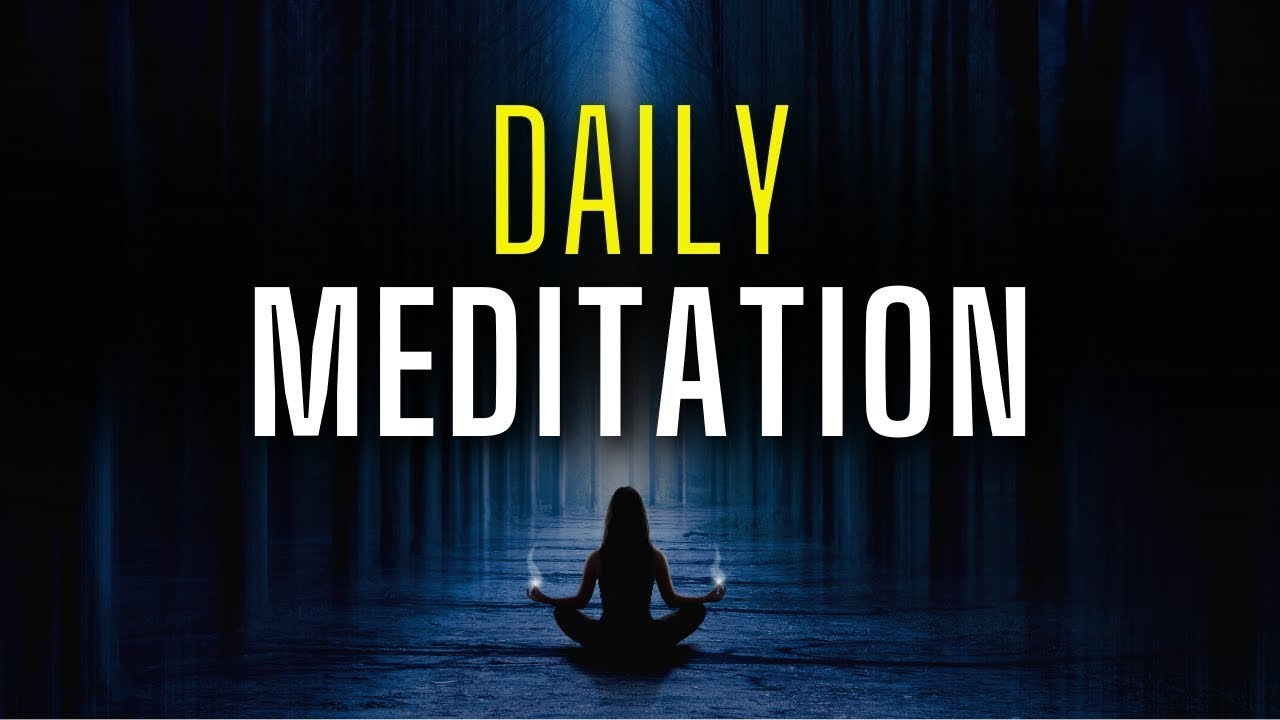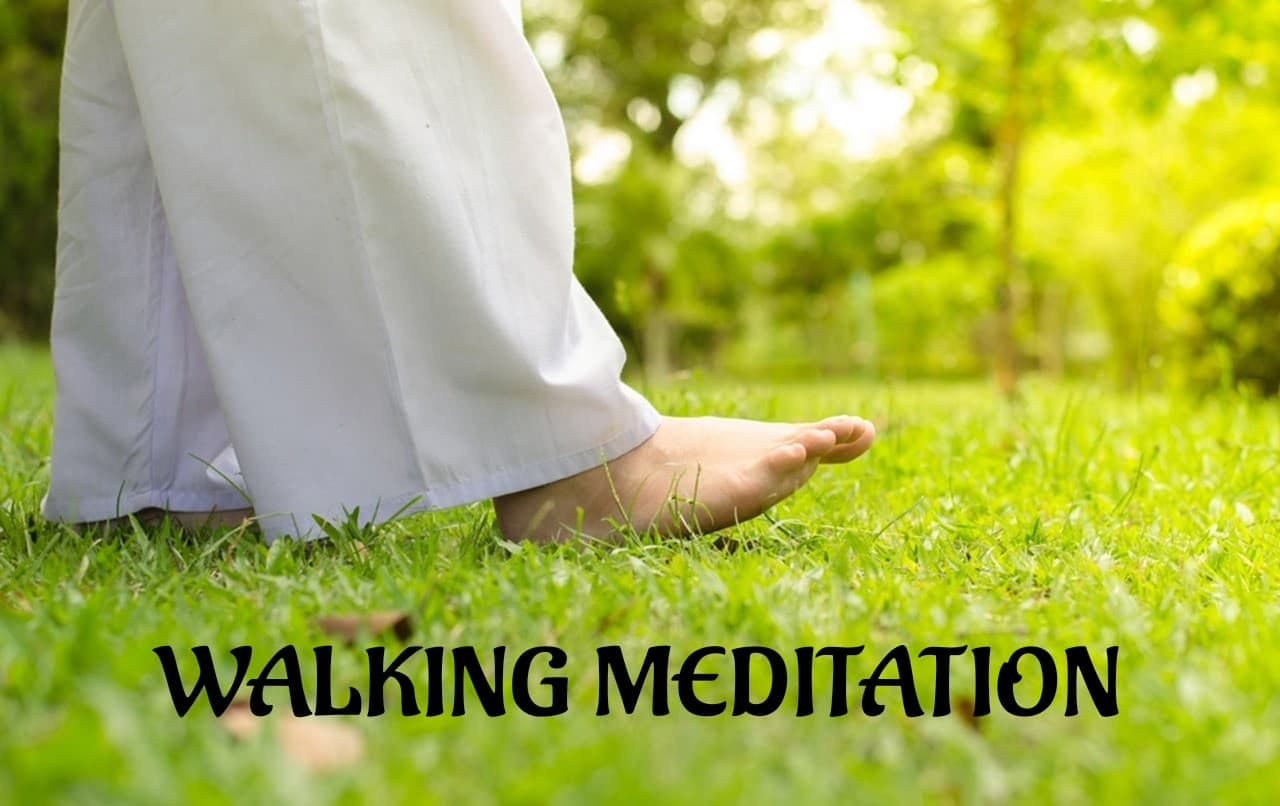Meditation is not just a habit—it’s a lifelong companion, a quiet anchor that stays with you through every season of life. It doesn’t demand perfection, only presence. The secret to making it last isn’t rigid discipline but gentle flexibility. Life changes—jobs shift, families grow, energy rises and falls—and your meditation practice should flow with those changes, not fight against them.
Start small. Five minutes a day is enough to build a foundation. Choose a time that suits you best—perhaps in the calm of the morning before the day begins, or in the stillness of the evening as you prepare for sleep. Find a comfortable place to sit, close your eyes, and focus on your breath. Don’t worry about doing it perfectly; simply notice the sensation of air entering and leaving your body. If your mind wanders—and it will—gently bring your attention back to your breath. Treat each distraction as an opportunity to start fresh, not as a failure.
Even a few moments of mindfulness can set the tone for your entire day. Over time, these small, consistent practices add up, cultivating a sense of calm and clarity that seeps into other aspects of your life. It’s not about achieving a specific state of mind but about creating the space to be present with yourself. The beauty of starting small is that it feels approachable, not overwhelming. It’s a commitment to yourself that can grow naturally, without pressure or expectation.
As you progress, consider experimenting with different techniques to keep your practice engaging. You might try a guided meditation app, focus on a mantra, or incorporate movement like mindful walking or gentle stretches. These variations can help you discover what resonates with you and keeps your practice feeling fresh and enjoyable.
Remember, the goal is not to master meditation but to integrate it into the rhythm of your life. With time and patience, those five minutes can evolve into a deeply enriching practice, one that adapts to your needs and becomes a source of resilience and inner peace.
When life gets busy, adapt. A parent rocking a child can focus on the rhythm of their breathing, letting each inhale and exhale synchronize with the gentle sway of movement. Someone stuck in traffic can soften their grip on the wheel, unclench their jaw, and take three slow, deliberate breaths, turning a moment of frustration into one of calm. A student rushing between classes can pause for just a few seconds, feel the weight of their feet on the ground, notice the rise and fall of their chest, and reset their mind with a deep, centring breath.
Meditation doesn’t need a cushion, a quiet room, or even a specific time of day—it only needs your attention, right where you are. Whether it’s the sound of rain tapping on a window, the warmth of sunlight on your skin, or the rhythm of footsteps as you walk, there are endless opportunities to ground yourself in the present. These small actions, woven into the fabric of your everyday life, can transform fleeting moments into mindful pauses, creating a thread of calm amid the chaos.
If you miss a day, or a month, or even years, begin again without judgment. Lifelong practice isn’t about never stopping—it’s about always returning. One mindful breath is enough to reconnect. There’s no such thing as “catching up,” only starting fresh.
Keep it alive by keeping it enjoyable. Try guided meditations, walking mindfully in nature, or repeating a calming word like “peace” or “still.” If sitting still feels hard, move gently—stretch, sway, or walk slowly, fully aware of each motion. The method doesn’t matter as much as the intention: to be present, even for a few moments.
Remember why you do this. Meditation isn’t just about stress relief (though it helps). It’s about rewiring your mind for calm, training yourself to meet life with clarity instead of reaction. It’s about finding a quiet space inside that no external chaos can shake. The more you practice, the more that stillness becomes home.
A lifelong meditation practice is simply this: showing up for yourself, day after day, in whatever way works. Some days will be deep and peaceful, others scattered and short. Both count. The only rule is to keep coming back. The beauty of this approach lies in its simplicity and humanity—it acknowledges that perfection is neither necessary nor realistic. Each attempt, even the imperfect ones, is a step toward cultivating a more mindful life.
So, take a moment now. Feel the air moving in and out, notice the rise and fall of your chest, and let yourself pause. It’s a small act of care, but it carries immense potential. Meditation isn’t about grand gestures or strict routines; it’s about finding meaning in the smallest, most ordinary moments. A single breath can anchor you to the present, a tiny yet powerful reminder of your own resilience.
And remember, your practice is uniquely yours. No two paths look the same, and no one way is better than another. Whether you meditate for five minutes in the morning, during a quiet break in your day, or as you drift off to sleep, each moment you spend connecting with yourself builds a foundation of inner peace. Your practice is yours, and it’s always waiting for you, ready to grow and shift as you do.
If you would like to become a supporter of my work, such as podcasts, blogs, videos and guided meditation practices, please visit here. You can support for as little as $2 a month.
Find my books here – worldwide or India only My audiobook here.
Follow me on Instagram




Thank you Yeshe. Your guided meditations on SoundCloud provided a solid grounding many years ago and your book 'Life's Meandering Path' was truly helpful too.
Thank you for this teaching. I sometimes meditate on the ways to be generous (I think they probably have a name but I don't know it) and one of them, I think, is to be generous with freedom from fear. I don't understand what that means or if it is really even a thing. How would a person go about being generous with freedom from fear?